
Bavarian Pretzels (with and without Lye)
There's nothing quite like a traditional Bavarian pretzel with a golden-brown, salt-studded crust and a chewy, perfect texture. My recipe for homemade pretzels with step-by-step instructions and photos is simple to make at home.
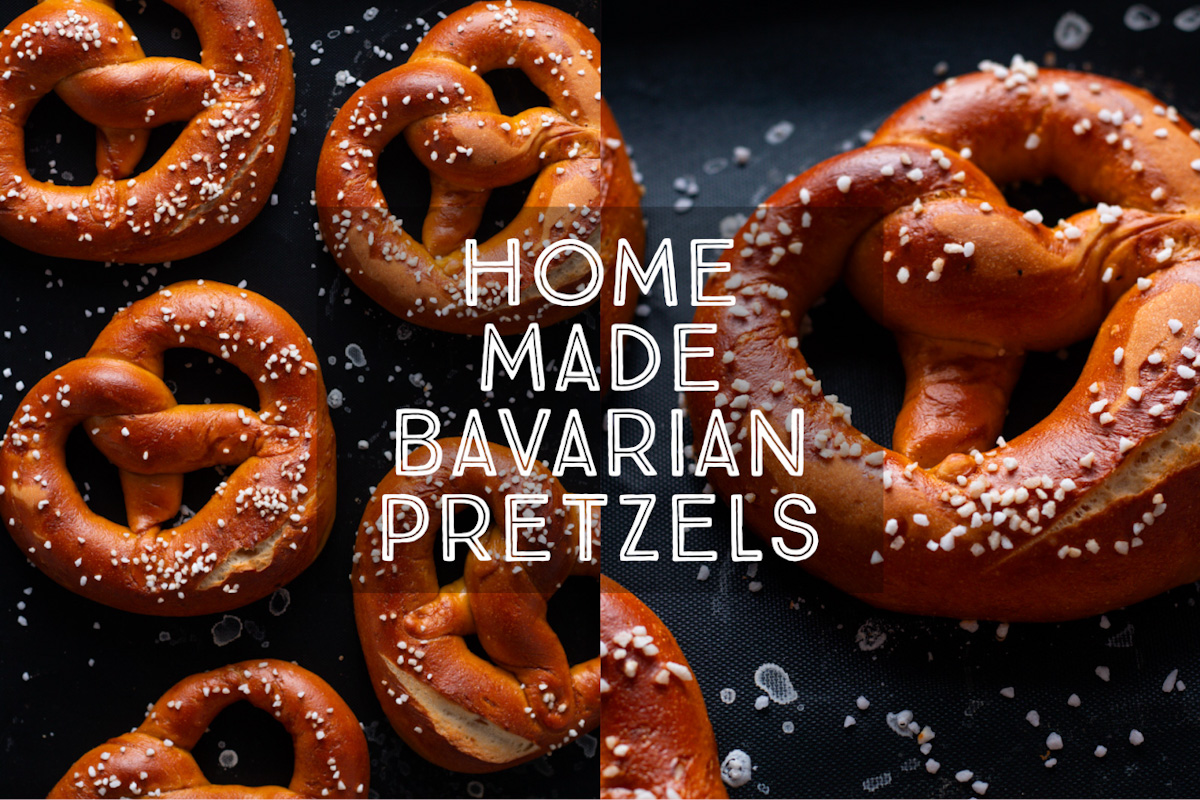
If I had to name one food that represents Bavaria, it would have to be Bavarian Pretzels. Known locally as Brezn, they are comfort food of the highest order for all Bavarians, and a huge part of the local culture.
TABLE OF CONTENTS
▼
A well-baked pretzel is a joy. Crisp and salty on the outside, soft and doughy within, they complement every Bavarian meal. Whether liberally spread with butter, Obazda, or served alongside the traditional breakfast of Weißwurst (white sausages), sweet mustard, and beer, they are always delicious.
The good news is that fresh pretzels are easier to make at home than you might think! Keep reading to find out how.
A Piece of Bavarian History
Bavarians have been baking pretzels for hundreds of years.
This simple bread has a long history dating back to at least the early Middle Ages and possibly long before.
The first known depiction of a pretzel is in the Hortus Deliciarum, an illustrated manuscript from the 12th century, and they have been a fixture of the middle European diet ever since.
Legend has it that the interlocking loops of the pretzel may also be the origin of the phrase ‘tying the knot’ as this traditional shape was used as a symbol of love in wedding ceremonies as early as the 17th century.
Homemade vs. Bakery Pretzels
Pretzels are a food with a slightly odd ingredient: Lye. In a German bakery, pretzels are dipped in a lye solution before being baked.
Lye, I hear you asking? As in burning, exploding, sodium hydroxide? Do you mean the kind of caustic soda that you use to clean the drains? You mean Brad Pitt in Fight Club kinda stuff? You betcha.
As strange as it might sound, dipping the pretzels in a lye bath gives them their unique colour and flavour.
Food-grade lye is relatively easy to purchase online these days and perfectly safe to use, though it can be a bit intimidating for first-time pretzel bakers. That’s where the home cook method comes in: a baking soda bath.
The home cook method
To put it simply, to mimic the effect of the lye, we use another alkaline: Baking soda! Yes, plain old baking soda to the rescue.
All you need to do is boil the pretzels quickly in a baking soda solution before baking, and hey presto, you have a fantastic, safe, and easy workaround.
You’ll end up with a delicious baked treat, rich golden in colour, with the distinctive chew and flavour of authentic German pretzels.
The Classic Method
While lye might seem scary, as long as you wear gloves and don’t splash it around, it is actually super easy to use and gives you real, authentic Bavarian Pretzels.
After the pretzels have been shaped, you simply dip them in a bowl of diluted food-grade lye (wearing gloves!), place them on a prepared baking tray, and then bake them. No boiling is necessary!
Ingredients
Authentic Bavarian Pretzels are made with simple ingredients:
- Yeast: It’s normal in Germany to use fresh yeast, but instant dried yeast will work as well.
- Flour: I have experimented with different flours and have found that plain, all-purpose and bread flours are all suitable for making pretzels.
- Sugar, salt and oil or butter: For making the dough.
- Bakers malt powder: This optional secret ingredient gives the pretzels a wonderful flavour and extra golden brown crust.
- Baking soda: for the all-important alkaline bath. It is often sold in the UK, New Zealand and Australia as sodium bicarbonate or bicarb, and in Germany as Hausnatron.
- or, Food Grade Lye: food grade lye can be bought online and from specialist suppliers. It is often sold as crystals which you can dilute yourself.
Shaping Pretzels
How many pretzels does this recipe make?
The dough for this recipe will make enough for 8 standard pretzels.
If you want to make a smaller patch, the dough will keep for 2-3 days in a freezer bag in the fridge, or frozen for a month or more. Be sure to bring the dough up to room temperature before using it.
If you fancy making larger Oktoberfest-sized pretzels (Riesenbrezen) you simply need a bigger pot and tray.
FREQUENTLY ASKED QUESTIONS
The pretzel dough seems drier than normal, is this right?
It’s important to keep the dough quite dry and firm – this means that they have a nice chew, rather than being too soft and cakey. Avoid the temptation to add too much water! Start with 175ml and add a tablespoon at a time.
What sort of flour should I use to make pretzels?
I’ve used lots of different types of flour for these. High-grade or bread flour will give a heartier result, while lighter flours like German 405 or Italian ’00’ give a lighter but still delicious Brezn. Keep in mind that different flours absorb more or less water, and adjust as necessary.
How much do I need to roll out the dough? It looks very long in the photos!
Roll the dough out longer and thinner than you think you will need it. By the time it is shaped, cooked in water, and baked, it will expand quite a bit! It will still taste wonderful, but those all-important holes might close up.
Why do I need to chill the pretzel dough?
Chilling the dough before cooking in the soda solution helps them keep their shape.
How do I store pretzels once they are cooked?
Don’t keep Brezn in an airtight container or a plastic bag – the salt will dissolve and make them soggy. A paper bag or wrapped in a clean cloth is perfect. Best eaten on the day they are baked, stale pretzels make fantastically flavoursome breadcrumbs.
What to serve with Bavarian Pretzels?
In the beer gardens of Bavaria, pretzels with Obazda, a delicious cheese spread, are popular.
For eating on the go, they are often sliced horizontally in half and spread liberally with butter and fresh chives.
And of course, you have to have some delicious Bavarian beer to wash them down with!
Enjoyed this Bavarian recipe? Try my Oktoberfest Roast Chicken or Bavarian Roast Pork recipes!
The pretzels above are boiled, using the home cook method, while those below have been prepared in a Lye bath.
Bavarian Pretzels
There's nothing quite like a traditional Bavarian pretzel with a golden-brown, salt-studded crust and a chewy, perfect texture. My recipe for homemade pretzels with step-by-step instructions and photos is simple to make at home.
Ingredients
- 21 g fresh yeast, or 7g (1 sachet) dried yeast
- 200 ml warm water
- 1 tsp white sugar
- 1 ½ tsp sea salt
- 500 g all-purpose flour, , see notes
- 2 tsp bakers malt powder, optional
- 2 Tbsp neutral oil
- 3 Tbsp baking soda / sodium bicarbonate
- coarse salt, roughly crushed (or pretzel salt, see notes)
For Authenic Lye Pretzels:
- 500 ml food grade lye solution at 4% dilution
Instructions
- BLOOM THE YEAST: In a small jug or bowl, mix together the yeast, water and sugar. Set aside for 5-10 minutes.
- KNEAD THE DOUGH: In a large mixing bowl, or the bowl of a stand mixer with the dough hook fitted, combine the yeast mixture, flour, malt (if using), salt and oil, then knead by hand or machine for 5 – 10 minutes until the dough is soft and pliable. The dough should be quite firm, but not crumbly. Add water as necessary. Cover loosely with plastic wrap and leave to rise in a warm place for 1 hour.
- SHAPE THE DOUGH: Turn the dough out onto the bench top, knock the air out and divide the dough into 8 equal pieces. Roll out each piece of dough to about 50cm (20 in.) long, thicker in the middle and much thinner at the ends. Form the dough rope into a large U shape, then twist it into the classic pretzel shape (see photos).
- CHILL THE DOUGH: Wet the ends of the rope with a little bit of cold water and press them firmly onto the side of the pretzels to join. Place each of the shaped pretzels on a tray lined with baking parchment paper, then put the whole tray, uncovered, in the fridge for 30 minutes.
- PREPARE: After 20 minutes bring 1 litre of water (4 cups of water) mixed with the baking soda to a boil in a large pot, and preheat the oven to 220°C / 425°F / Gas 7.
- DIP PRETZELS: Carefully dip each pretzel in the boiling baking soda solution one by one, and allow it to cook for 20 seconds. Remove with a slotted spoon, allow excess water to drip off and lay each pretzel on a lined baking tray.
- BAKE: Scatter over the rock salt and bake in the preheated oven for 15 – 18 minutes until golden brown. Cool on the tray or on a rack before eating.
FOR LYE BATH PRETZELS:
- After shaping the pretzels, DO NOT CHILL THEM! Simply place on a clean cloth, cover and leave to rise for 30 minutes.
- Prepare a glass bowl with food grade lye diluted to 4%. You can reuse the lye if you have a suitable storage bottle.
- After 30 minutes, dip each pretzel in the lye solution (WEARING GLOVES!) and then place it on a baking tray lined with a baking mat or baking paper.
- Scatter over pretzel salt, then bake in the preheated oven for 15 minutes until risen and deep, golden brown.
Notes
Notes: Authentic Bavarian pretzels are decorated with a type of coarse mountain salt called ‘Hagelsalz’. It is perfectly fine to use roughly crushed rock salt instead.
Imperial and cup measurements are approximate. For best and most accurate results I use and recommend a digital kitchen scale like the one below.
Lye is corrosive and will burn and irritate your skin if not handled correctly. Be careful when using it, don’t splash it or breathe in the fumes. Always wear gloves when handling lye.
Diluted lye can be reused multiple times. Otherwise, it can be safely disposed of in your kitchen sink (taking care not to splash).
Recommended Equipment
As an Amazon Associate and member of other affiliate programs, I earn from qualifying purchases.
Nutrition
Serving: 1 pretzel | Calories: 264kcal | Carbohydrates: 49g | Protein: 7g | Fat: 4g | Saturated Fat: 0.5g | Polyunsaturated Fat: 0.4g | Monounsaturated Fat: 3g | Sodium: 444mg | Potassium: 83mg | Fiber: 2g | Sugar: 1g | Vitamin C: 0.003mg | Calcium: 10mg | Iron: 3mg
Tried this recipe?I’d love to hear how it went! Please leave a review or a star rating and let me know how it was! Use the hashtag #daysofjay on Instagram so I can see your delicious creations.

About the Author
Jay Wadams is a cookbook author, food photographer, and graduate of Le Cordon Bleu in Gastronomy and Nutrition.
Based in Italy 🇮🇹 Germany 🇩🇪 and Australia 🇦🇺.




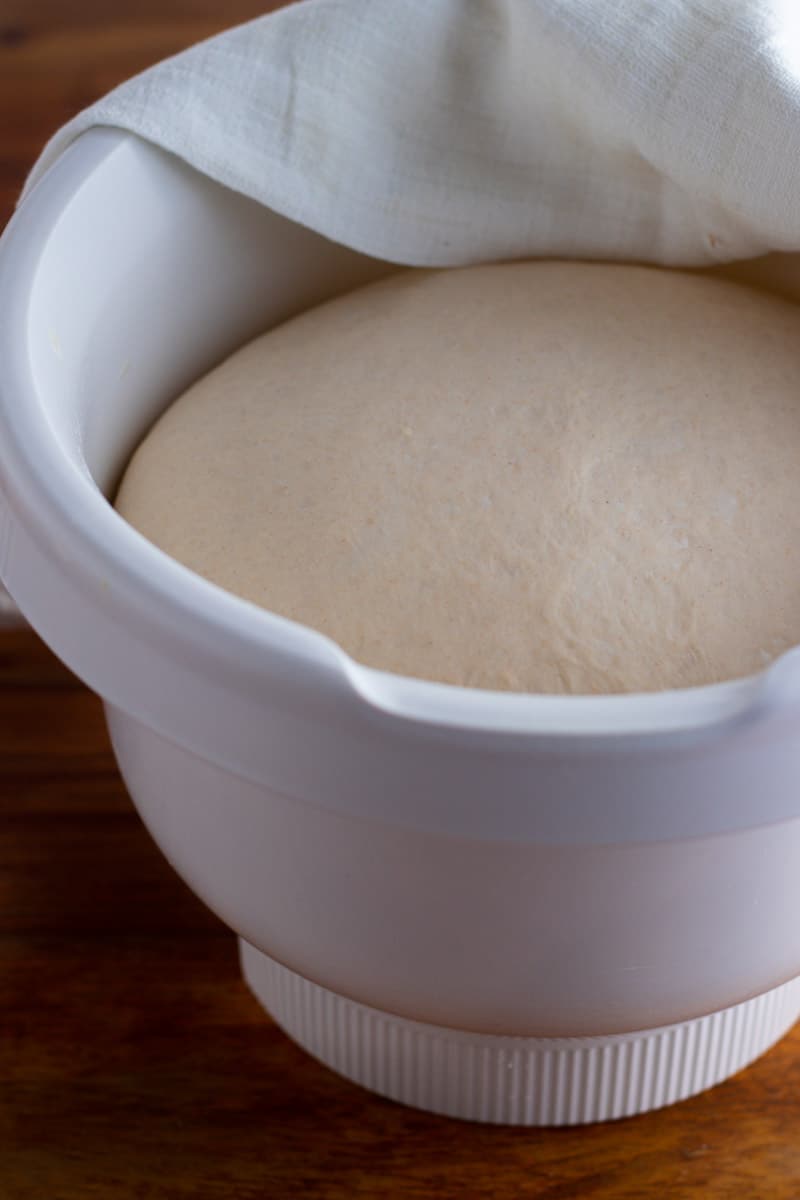
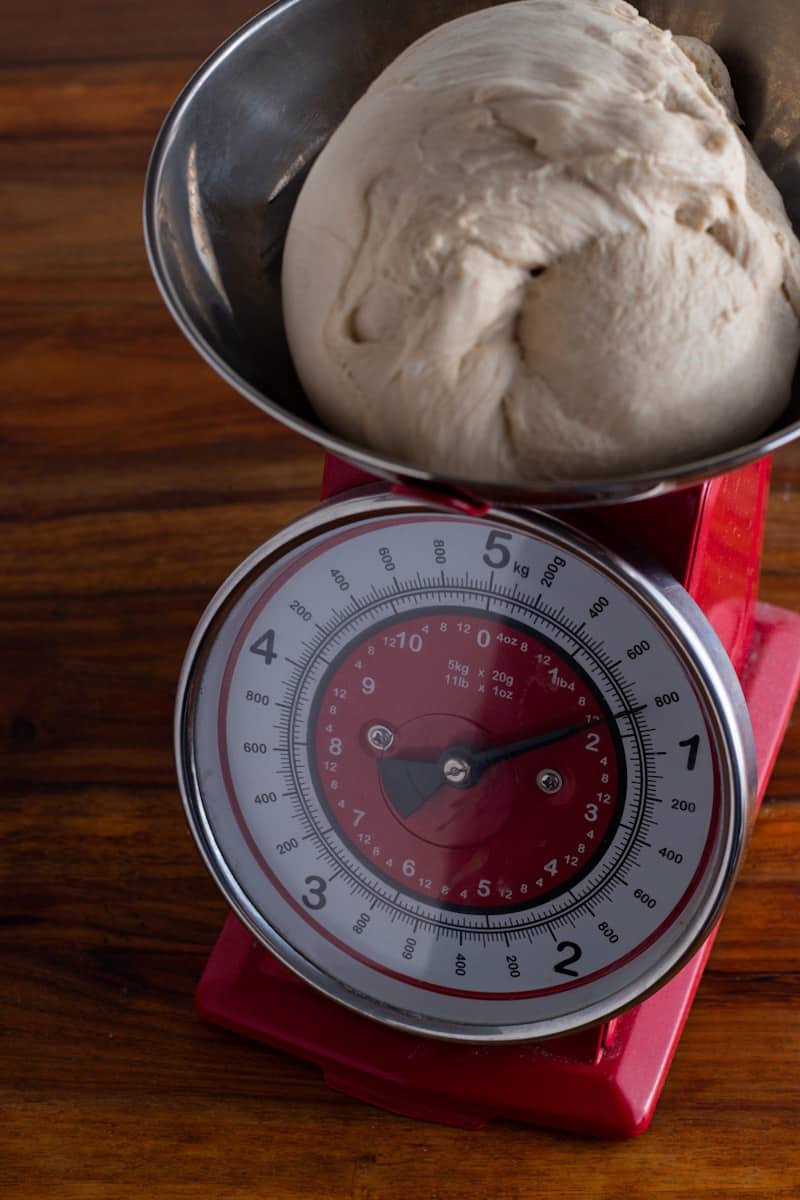

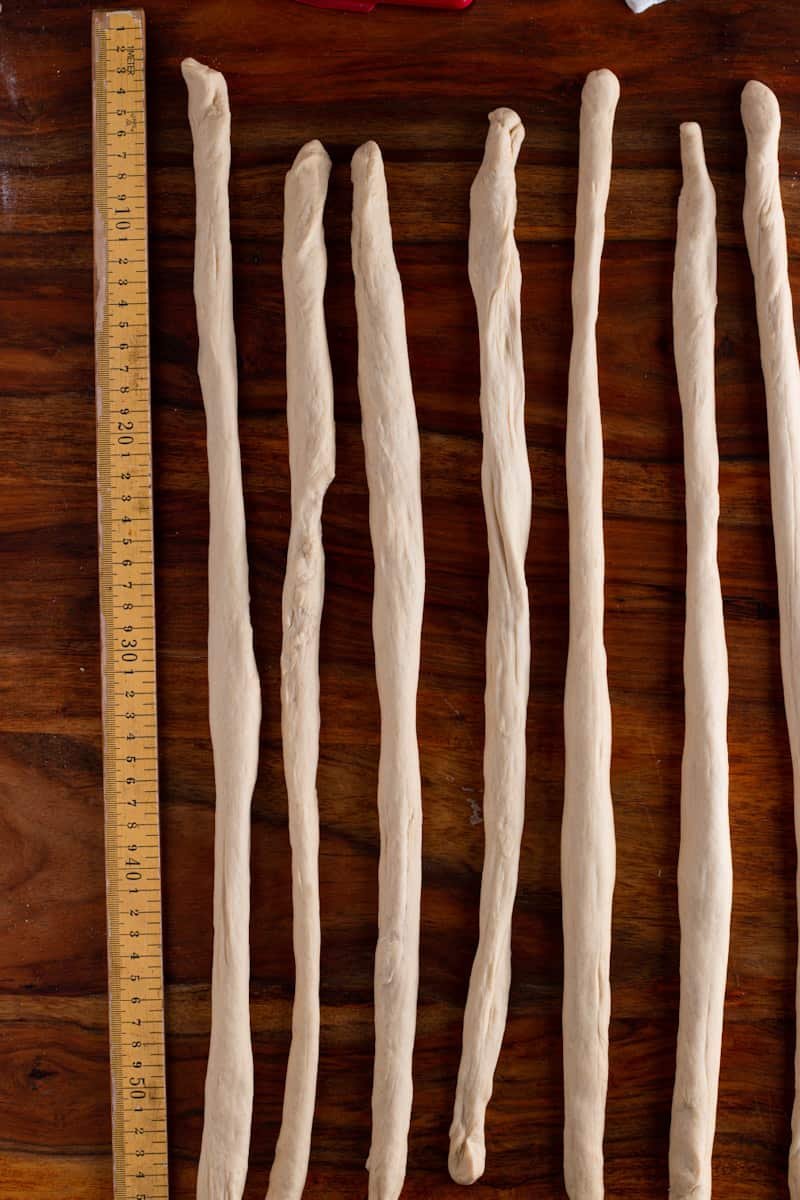

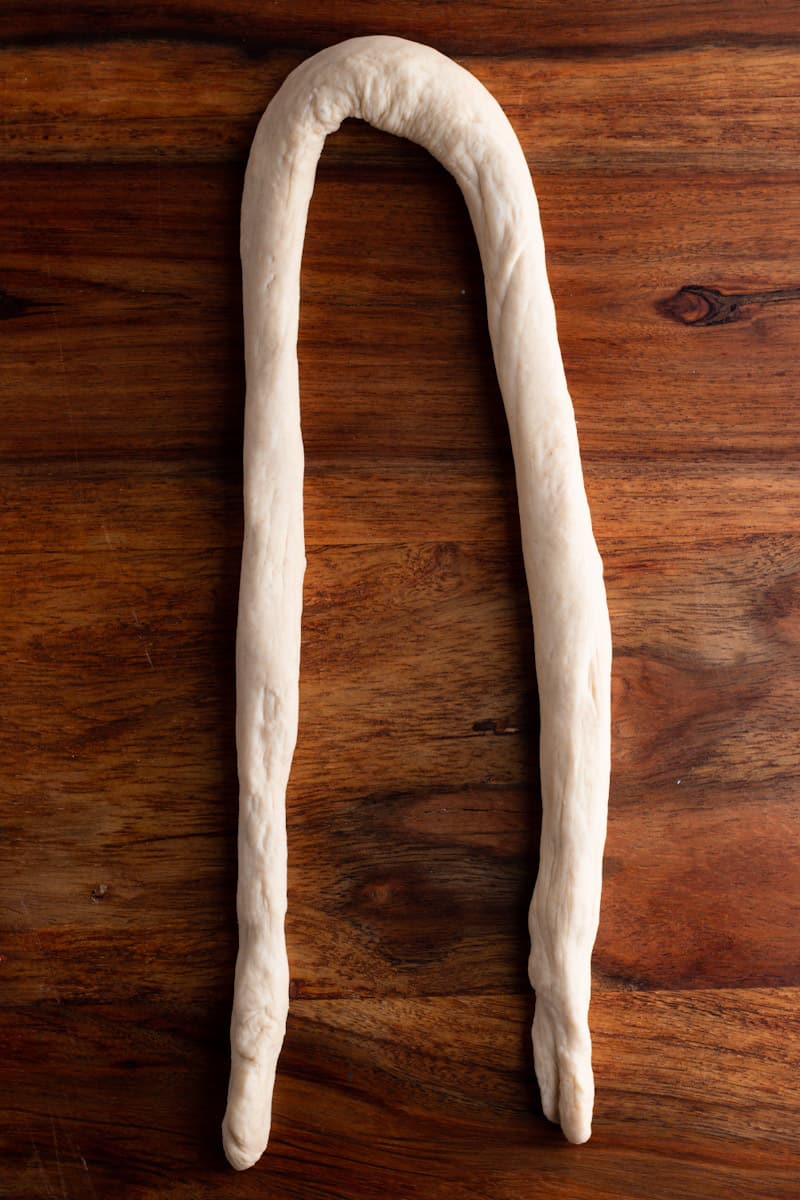
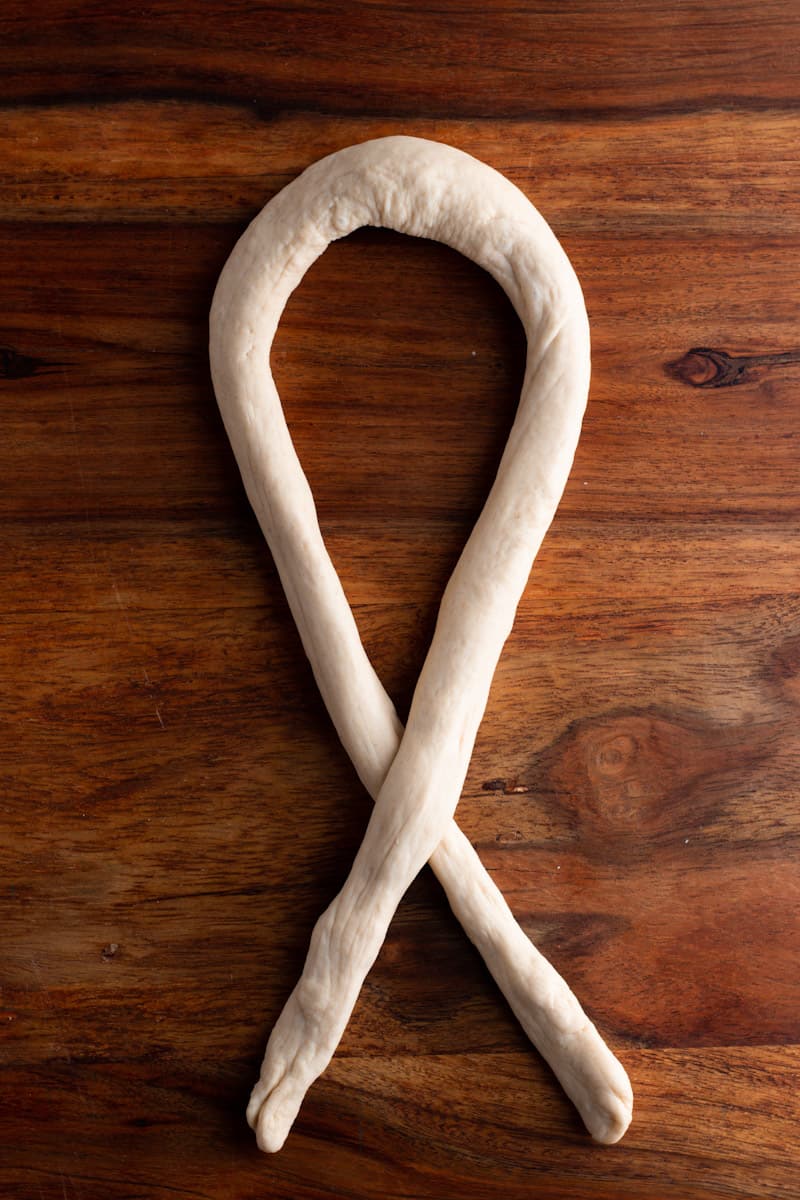
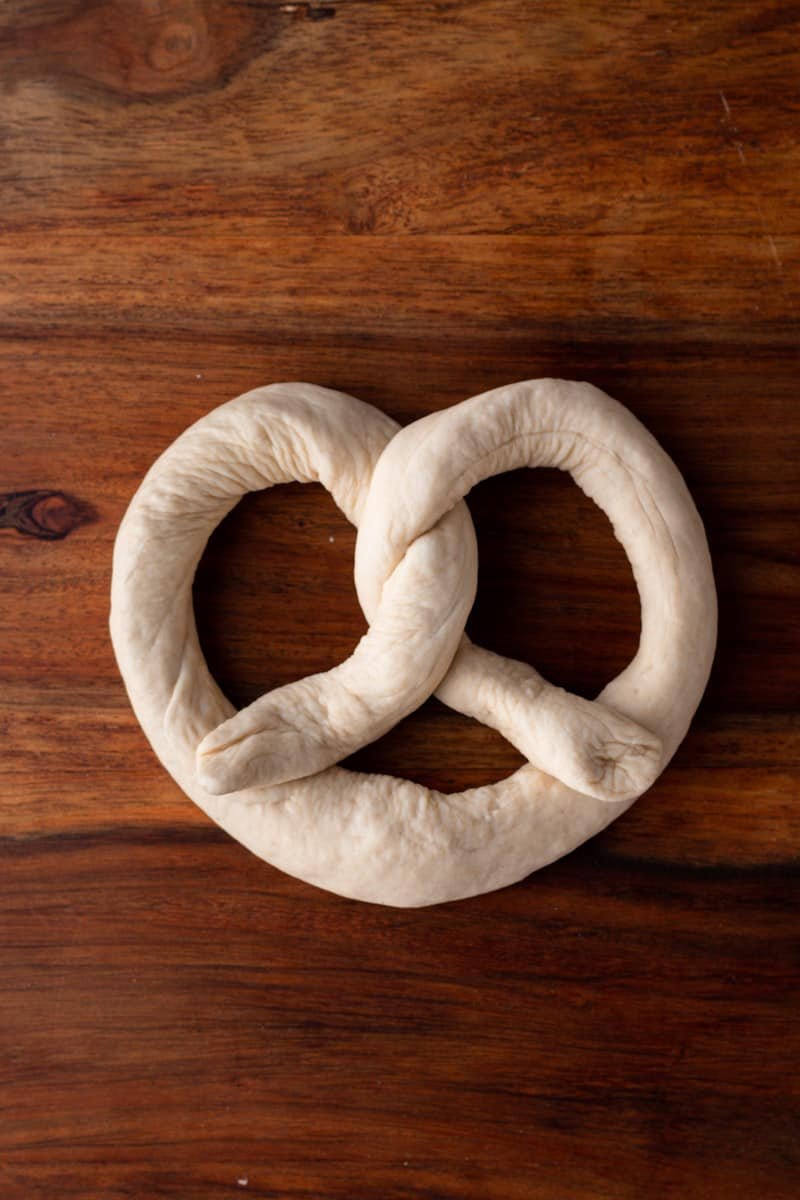
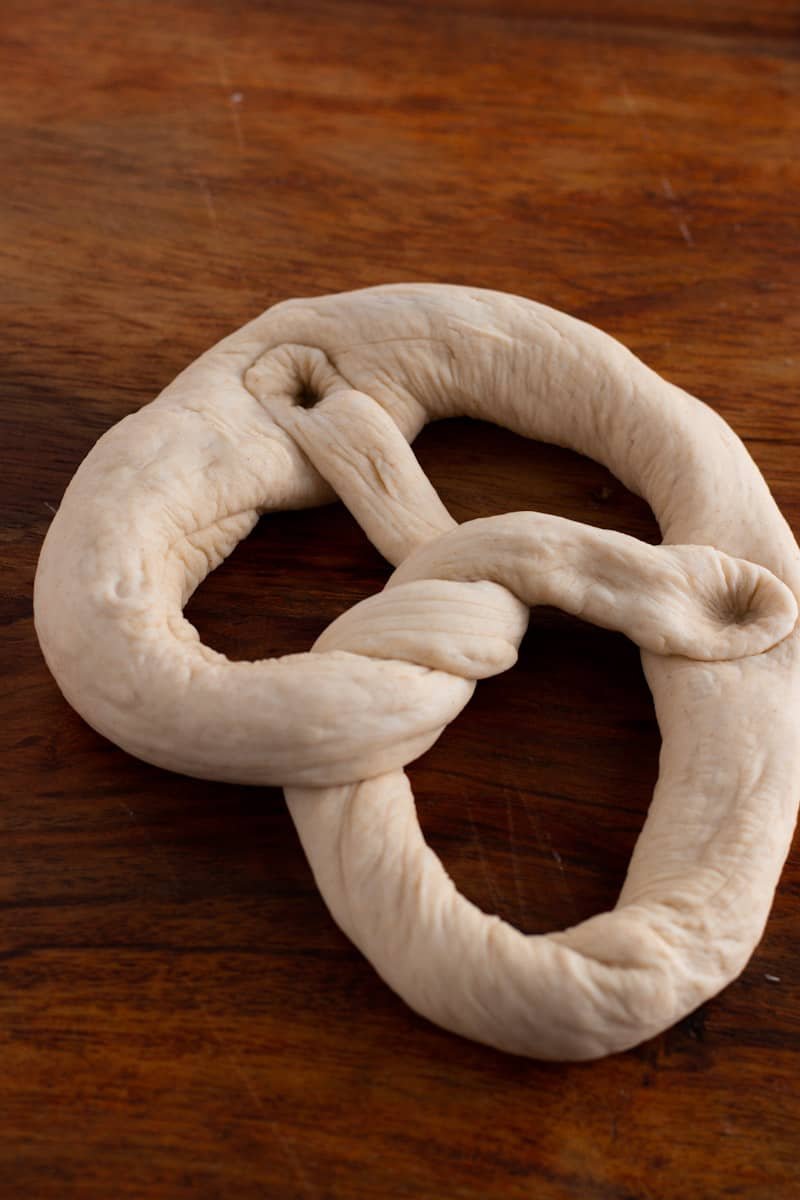
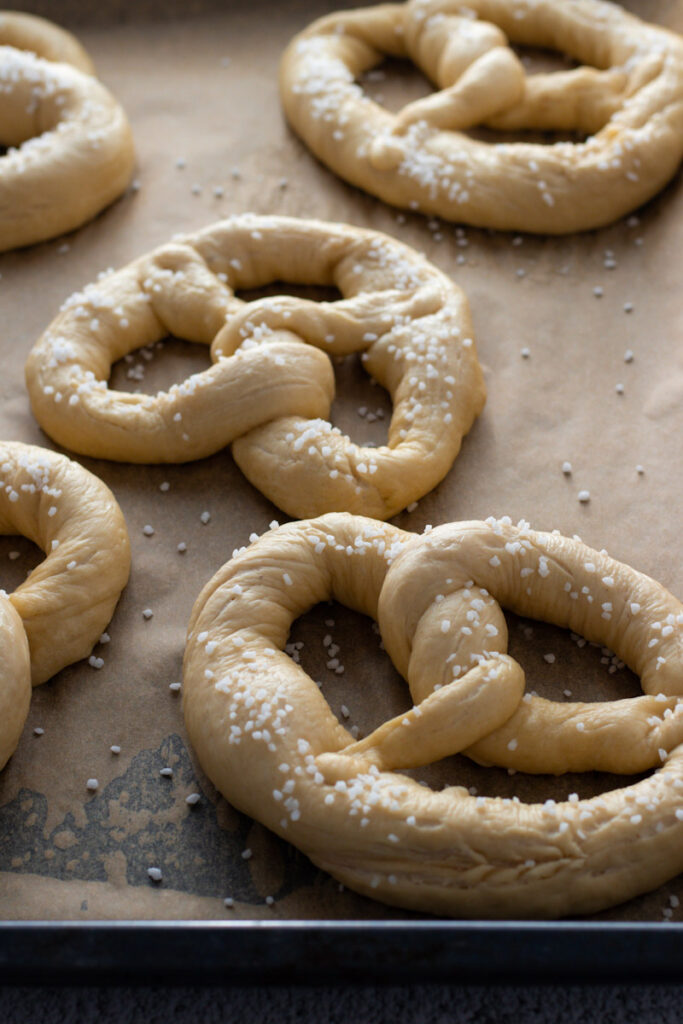
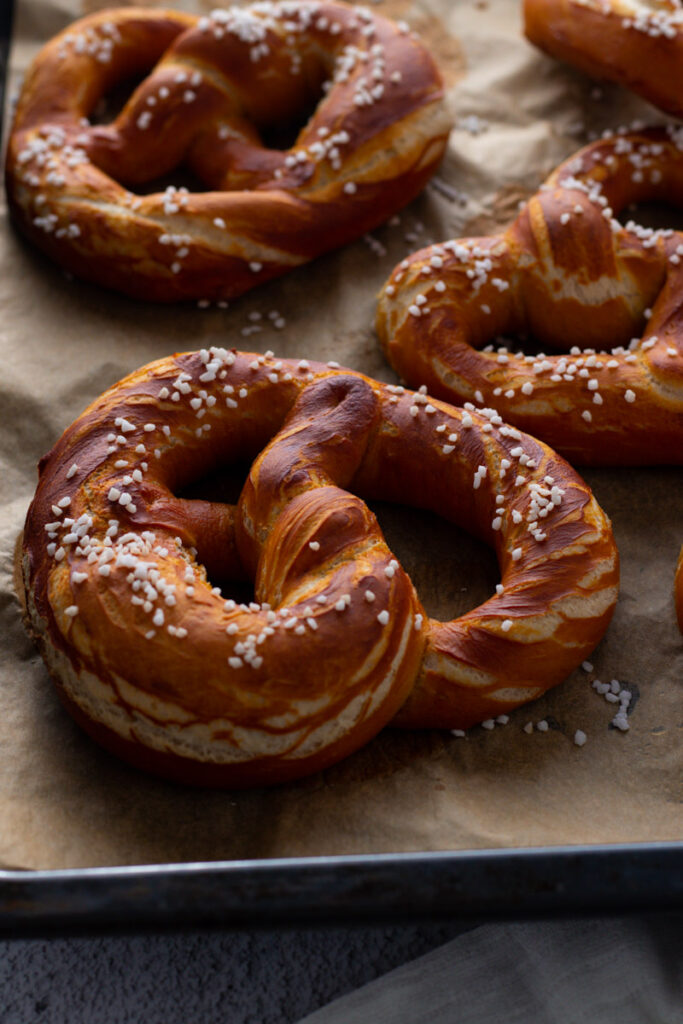

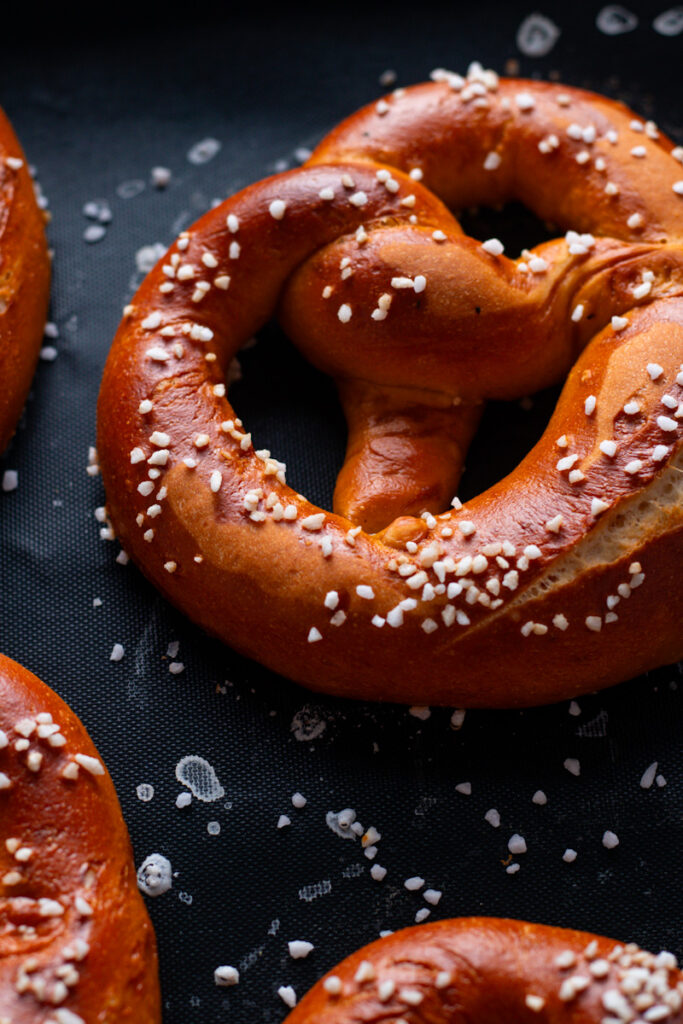
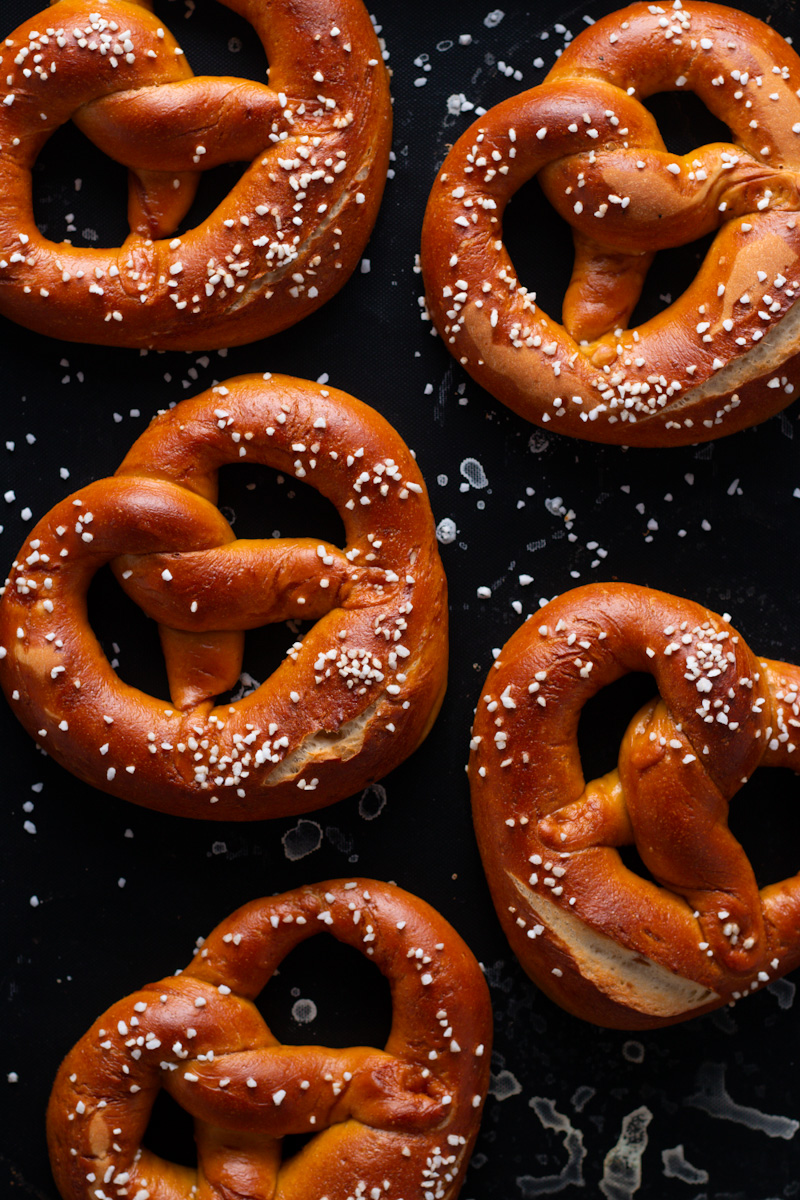




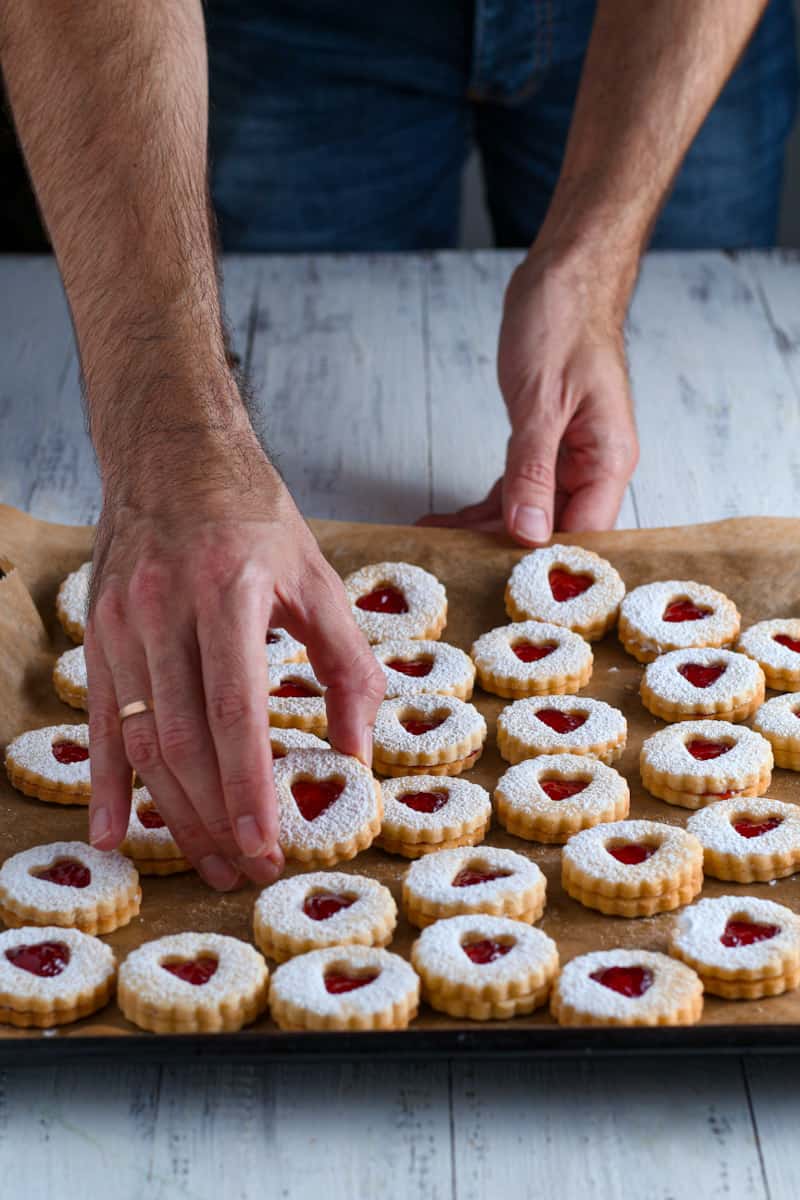
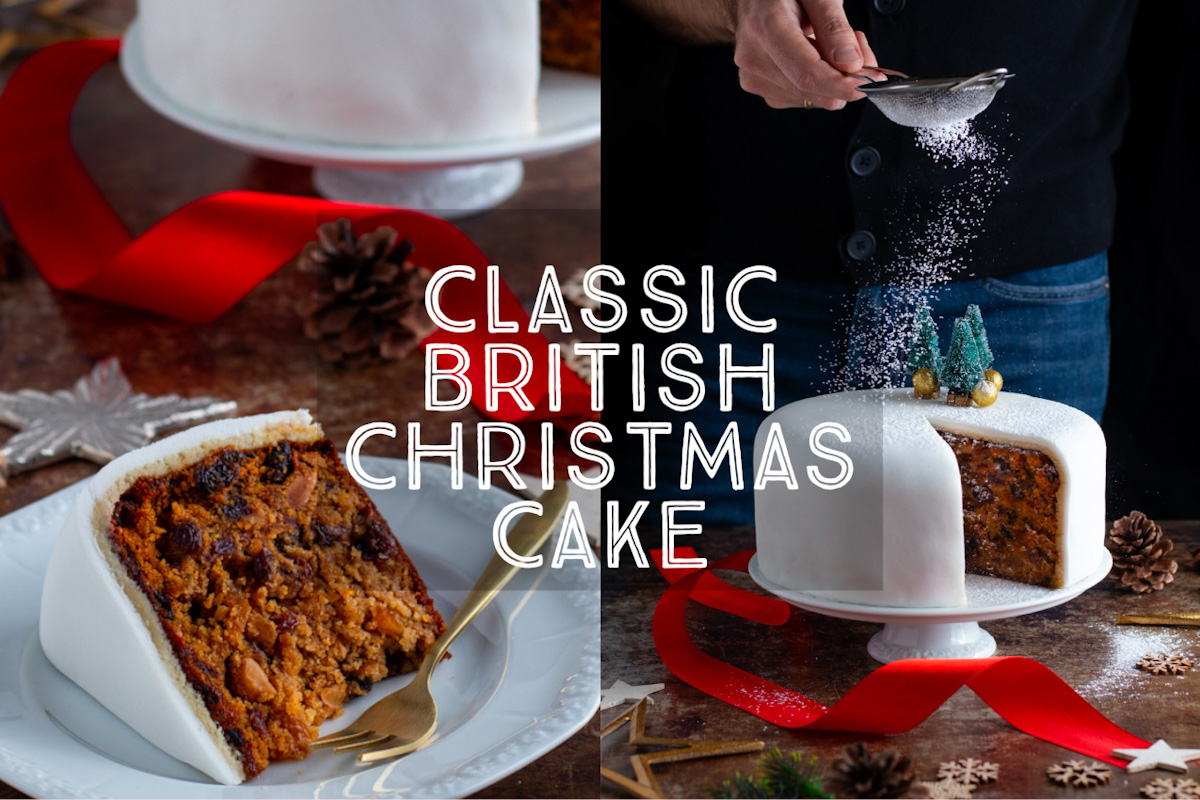


I follow the recipe exactly and add all of the ingredients to my bread machine on the dough cycle and let it do all the work and they come out perfectly, does take about 25 ml extra warm water for a smooth dough during the mix phase.
Have done now 4x using the lye method and everyone raves over them
Hi Ken, thanks so much for letting me know how well these pretzels went for you! Great tips about the bread machine, I’ll add your advice to the instructions for anyone else who might be interested using a bread machine too! Absolutely agree, using lye makes all the difference! Happy holidays and all the best for the new year! J.
Hi Jay!
If I want to make the dough ahead of time (the day before), at which point do I refrigerate/freeze it? Before it rises or after?
And once I bring it to room temperature, do I go straight to rolling them out into pretzel shapes and the baking soda bath?
Thanks in advance!
Lori
Hi Lori! Great questions! Funnily enough I am just working on an update for this recipe which involves an overnight rise so this is brilliant timing! You can knead the dough for the first time and let it rise in the fridge overnight, (no need to freeze).
When you are ready let them warm up a bit, shape them (make them all into sausage shapes, then start again with the first one to shape them – this gives the dough a little time to relax and will make your life easier as they roll out more smoothly.
I hope that this is some help and let me know how you get on or if you need any more help!
Jay
I made these yesterday and they were so yummy!! We ate them with some sweet & hot mustard which was very tasty. Thanks for another great recipe!!
That’s awesome Lyn! Pretzels are so much fun to make and I am so happy that yours turned out so well. Thank you for the lovely feedback! 🥨🥨🥨 J.
Such an awesome snack! Going to make another batch just for the hubby to take on his fishing trip this coming week!